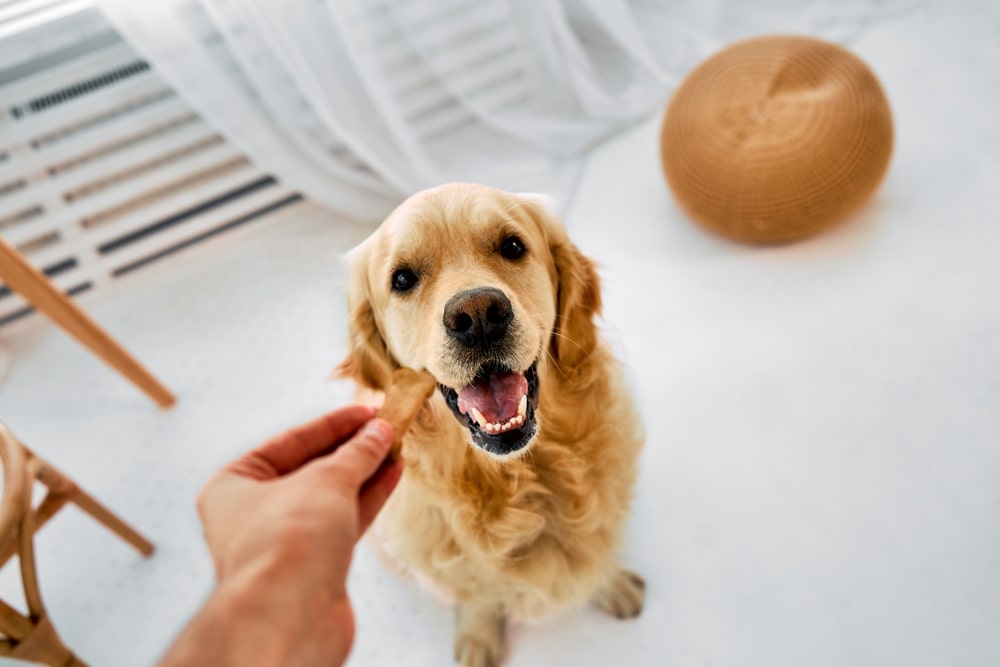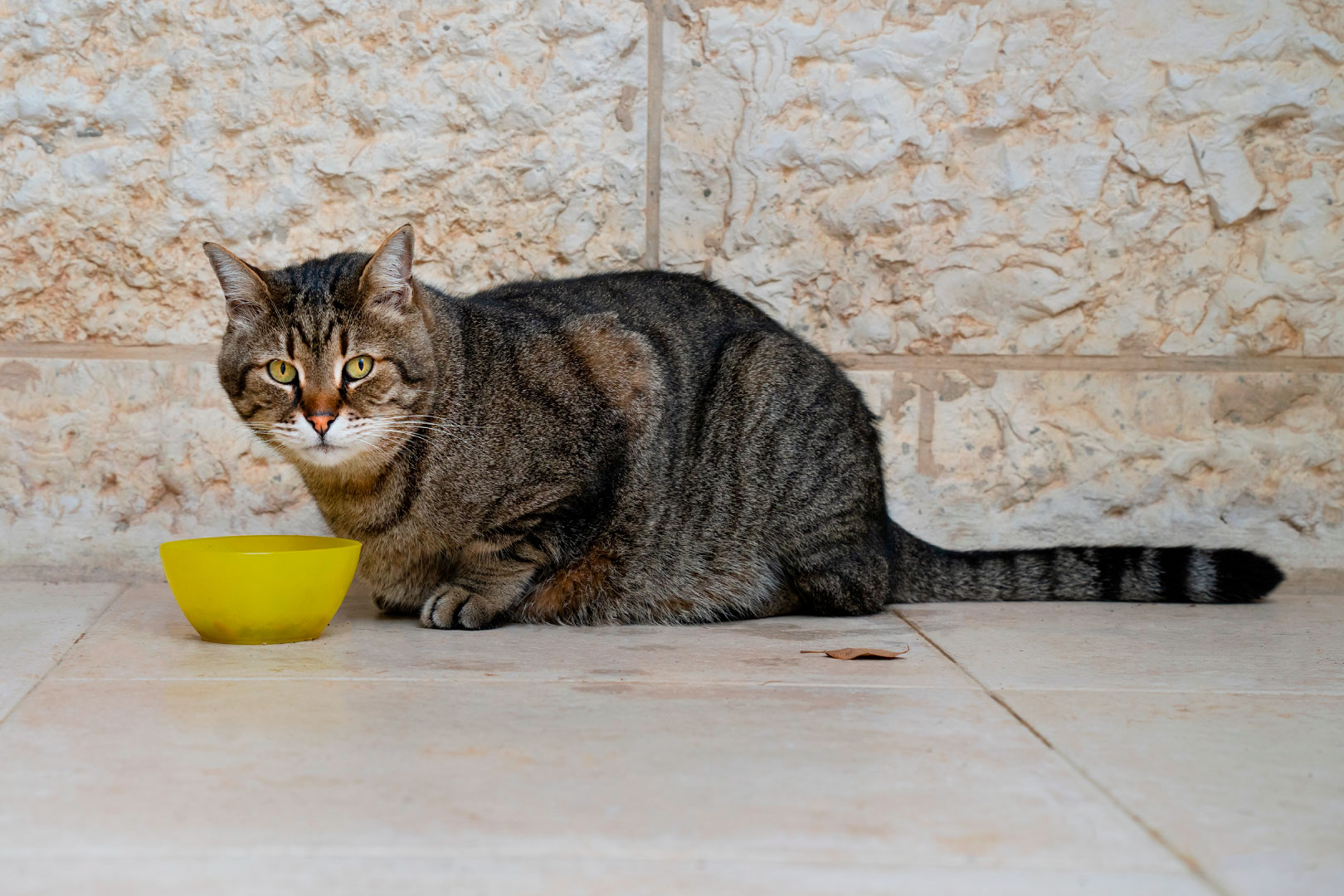The difference between praise and treats isn’t just about the form of the reward—it’s about how your dog perceives communication with you. Food is a powerful motivator, especially in the early stages of learning. When your dog is just beginning to learn a command like “sit” or “come,” a small treat can quickly create a positive association. With repetition, the dog links the behavior with the reward and begins performing it more reliably.
But dogs don’t learn only through their stomachs—they also learn through emotions. Your energy, voice, facial expression, and body language play a huge role. Genuine verbal praise, spoken in a cheerful tone—something like “good dog” or “well done”—can have a strong impact, especially when it comes from someone the dog trusts and loves. Dogs are highly attuned to tone of voice and quickly learn to recognize real enthusiasm.
That’s why a combination of both approaches is often recommended. At the beginning of training, treats are essential—but as the dog becomes more confident in the behavior, verbal praise and petting can gradually take over. This helps prevent dependency on food and strengthens the emotional bond between you and your dog.
Of course, every dog is different. Some are extremely food-motivated, while others respond more to attention, play, or affection. It’s important to observe your own dog and see what works best. If your dog wags their tail at verbal praise as if you’ve handed them a steak—use that to your advantage!
Another key element that’s often overlooked is timing. Whether it’s a treat or a kind word, the reward must come immediately after the desired behavior. A delay of even a few seconds can confuse the dog and break the connection between action and reward.
In everyday life, praise becomes your most valuable tool. You won’t always have treats in your pocket—but you’ll always have your voice, your smile, and your hand. And for your dog, that can mean more than you might imagine.
In the end, the best reward for a dog is the one that comes from the person they love. Whether that’s a piece of biscuit or a heartfelt “good dog,” your dog will know they did something right. And with that, you’ve not only helped them learn—you’ve built trust, which is the foundation of every strong relationship between a human and their dog.



